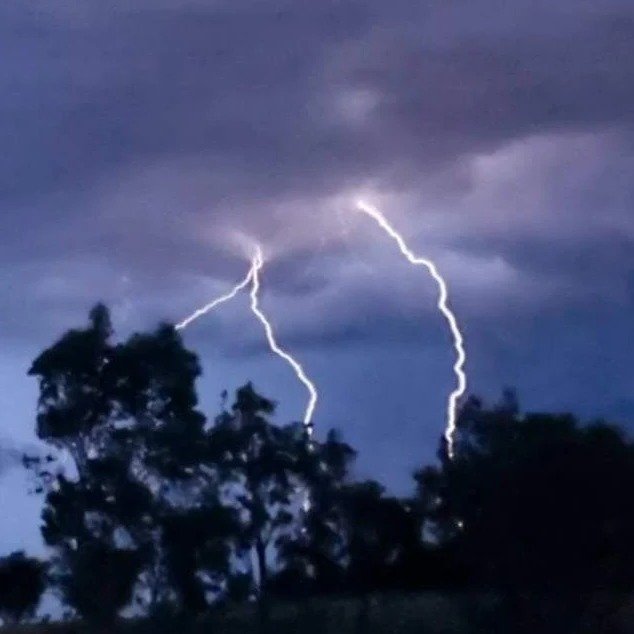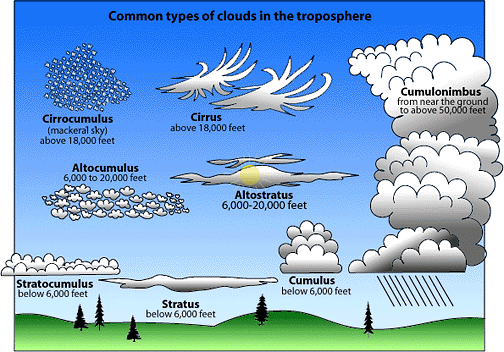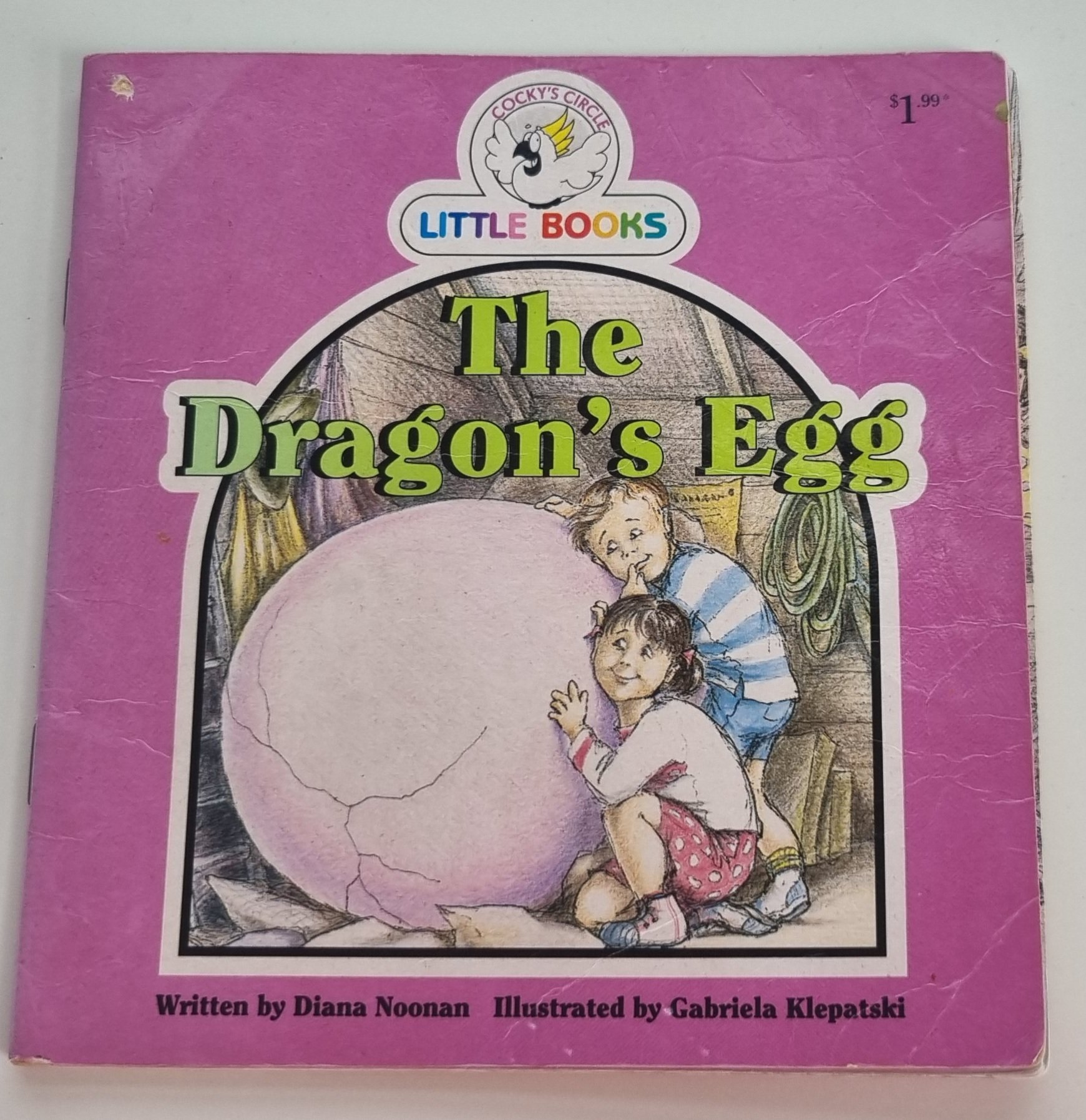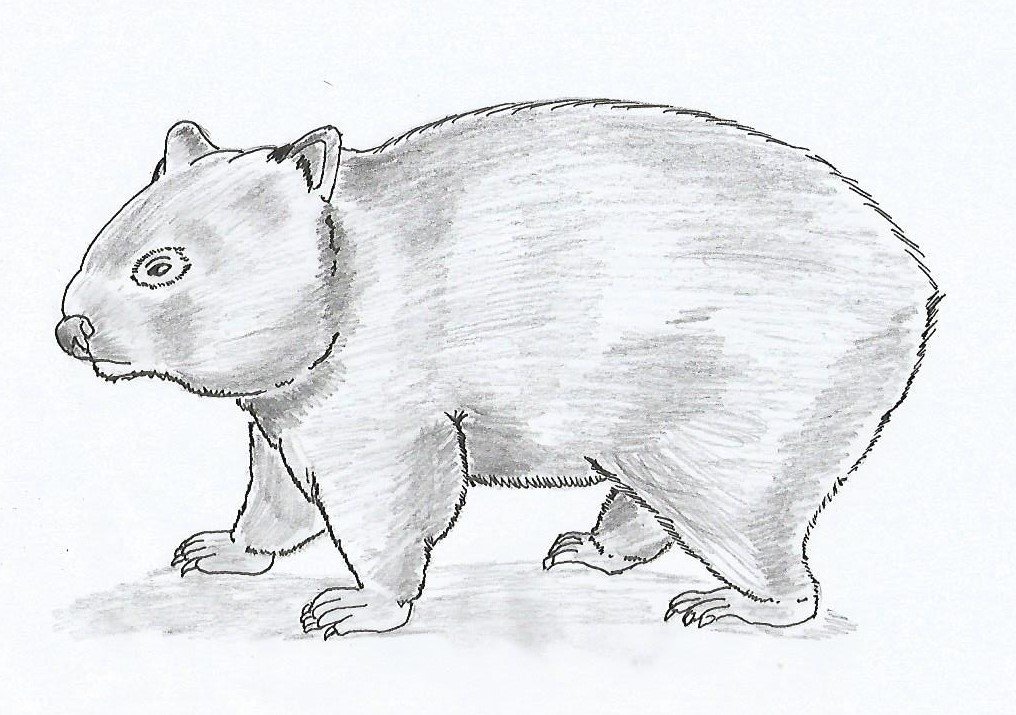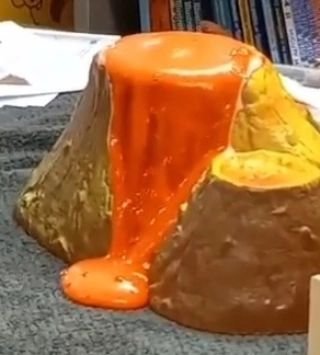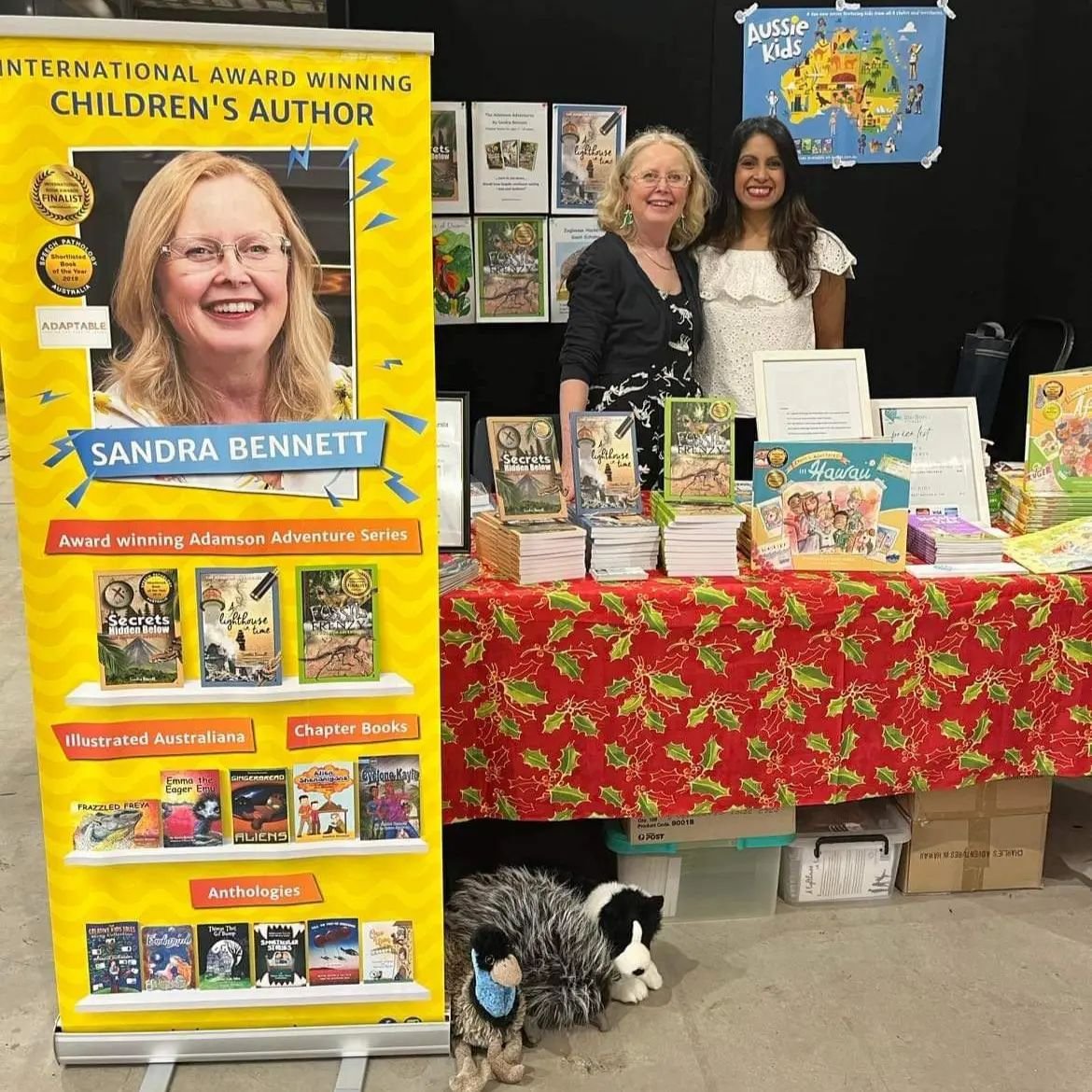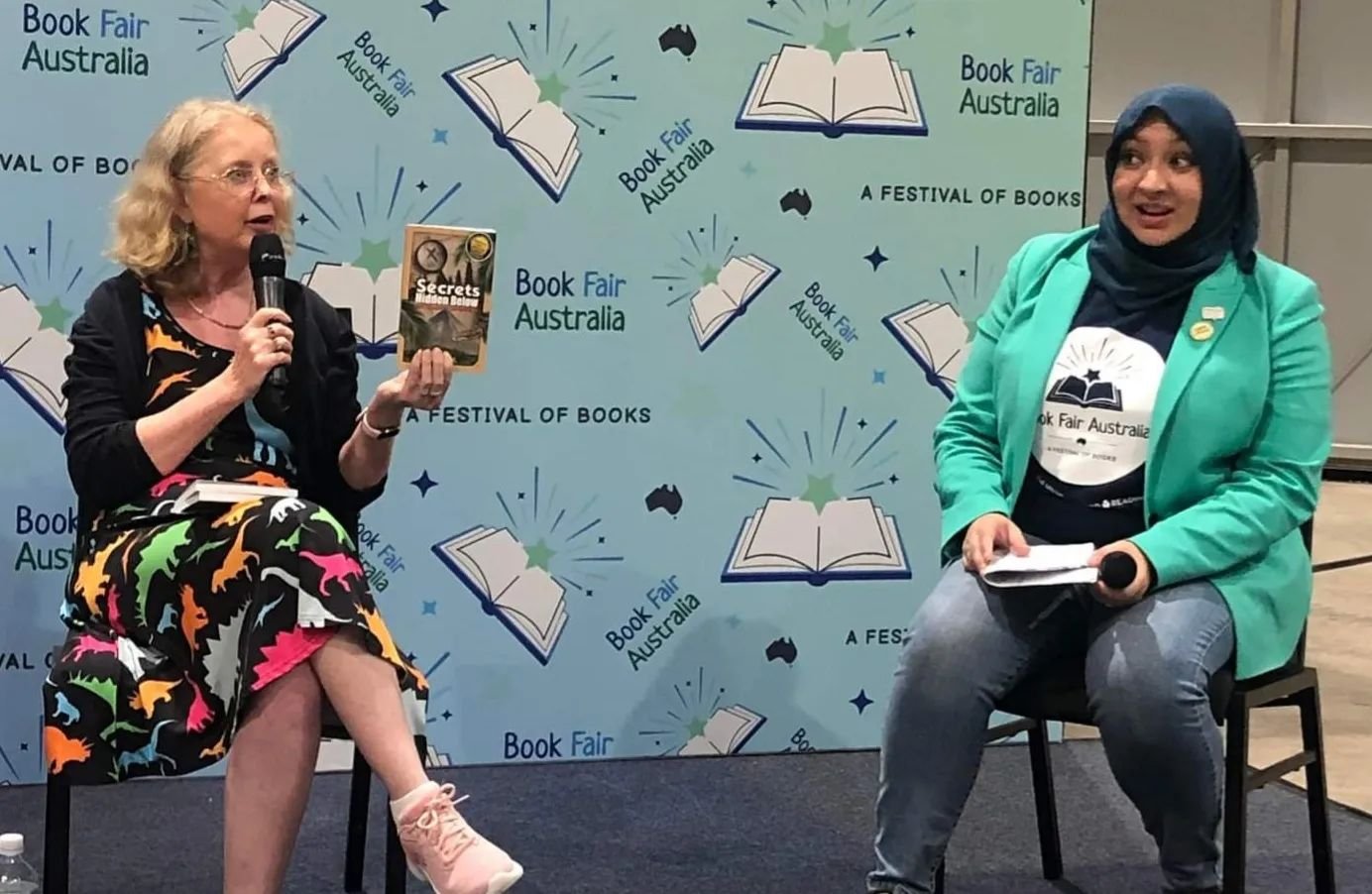I haven’t been writing lately. As a person who loves being an author, writing for children, that statement is hard to admit.
I was at a neighbour’s place the other evening and she asked me what was I working on? She was rather surprised when I said nothing. I don’t know whether it’s a matter of simple procrastination, letting the imposter syndrome rear its ugly head or letting life get in the way, but I am struggling to find the motivation to find time to write. I am constantly congratulating author friends on their new contracts or new releases and find myself wishing I had something to share, but to no avail, I still can’t put words on paper. I know I should be writing every day, even just a few words, but those words seem to be eluding me at present.
Procrastination and lack of inspiration is real.
It’s not like I haven’t been doing anything, I have spent a lot of time marketing the books I have written and making teaching resources for those books. I still have more of those I want to do. It’s hard to get the balance between marketing and writing right. Here again is the link to the resource catalogue I am in with a number of other authors in case you missed it last month. Books for Teachers Catalogue
I have also spent time reworking a picture book. I am sure this story has the potential to be really worthwhile and valuable in many classrooms across Australia and overseas, but the more I try to fix the issues in it, the more of a mess I seem to be making of it. Do I give up on it, or should I persevere? I love the concept, but am struggling to find the best way to get my idea across. I’ve tried rhyme and prose but I’m still not happy with it. I even left it alone for several months hoping that when I came back to it, I would see the problem and be able to fix it. I’m not one to give up. Hopefully one day this story will be complete and fit for publication.
Since wrapping up the Adamson Adventures I seem to be having trouble settling on the next idea. I have a few things rattling around in my head but I can’t decide which way to go. Do I try something completely different and write a series of short chapter books for ages 6 -9? Or do I stick to what I feel I am best at and write another middle grade adventure series?
I’ve had plenty of inspiration in all my travels in the last twelve months, but now I am finding it difficult to find the inspiration to settle on just one idea. Should I play around with a couple of things and see which one feels right? Or do I make a choice and be more determined to work on just that one?
I have an idea about a mystery series set in a little coastal beach town, perhaps with a hint of magic in the form of a fairy, (or not). Then there’s a reluctant witch who becomes a magic investigator on the hunt of goblins and dragons probably set in the UK. Which of these would you like to read or do you think kids would prefer to read? At the moment I have been leaning towards my mystery set in a little fictional town called Wombat Hollow. The fact that it’s Australian seems to be appealing to me more, but as I write this, I am now rethinking my witches goblins and dragons. See what I mean, way too much procrastination and not enough direction. Maybe writing this blog post will give me the kick up the pants I need.
Canva AI generated image of Wombat Hollow.
Canva AI generated image of a dragon, a witch and goblins.
How do you find your inspiration to write? Any hints would be greatly appreciated at this stage.



























































